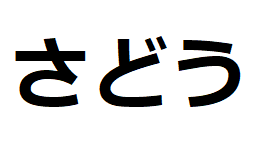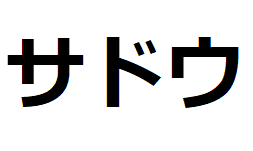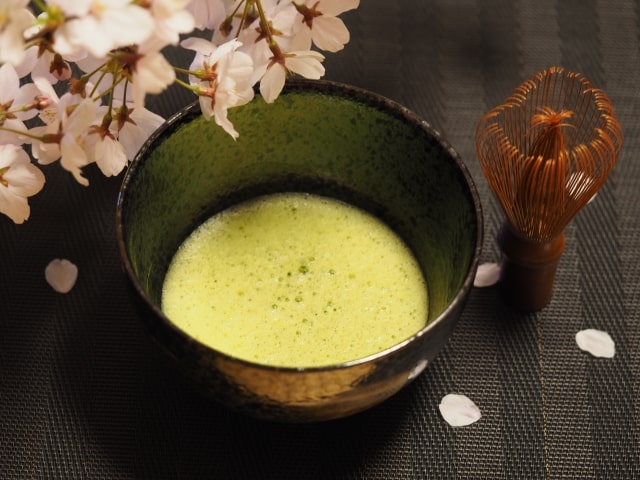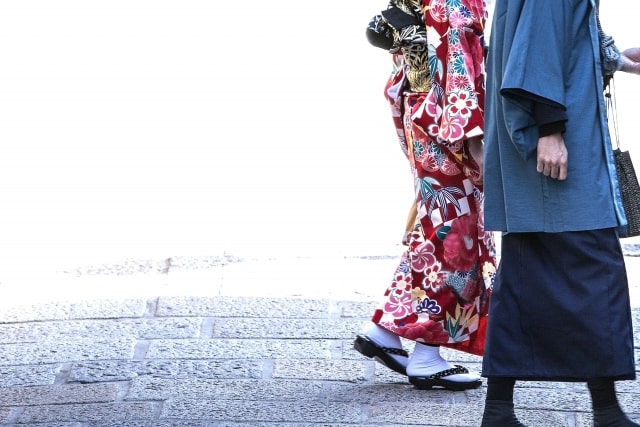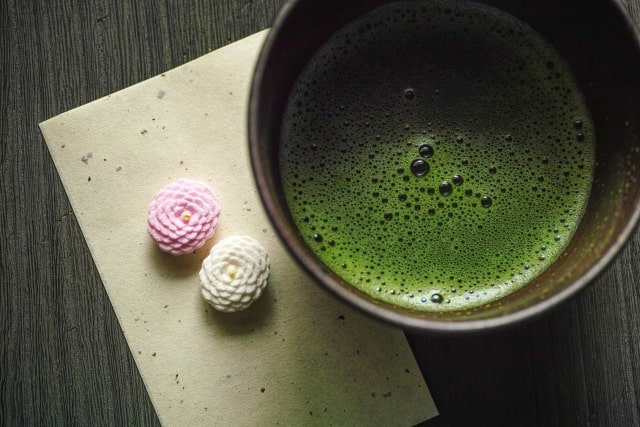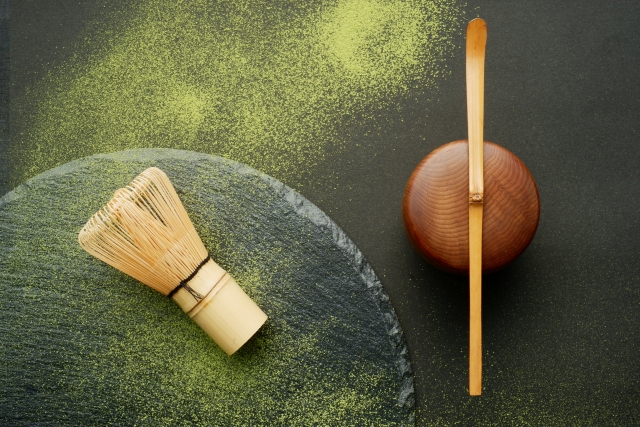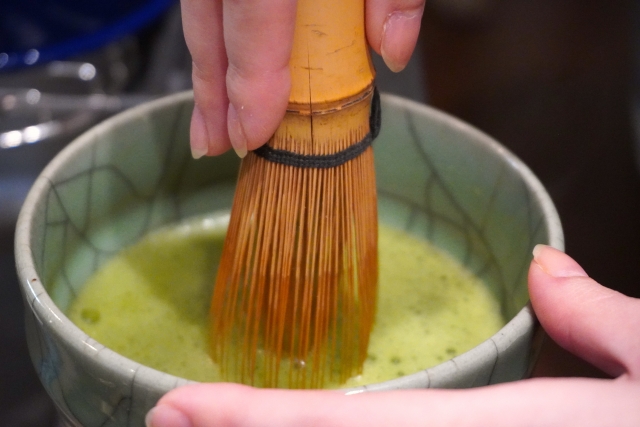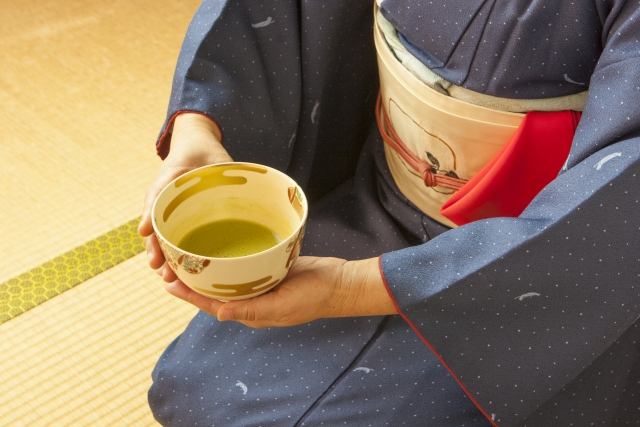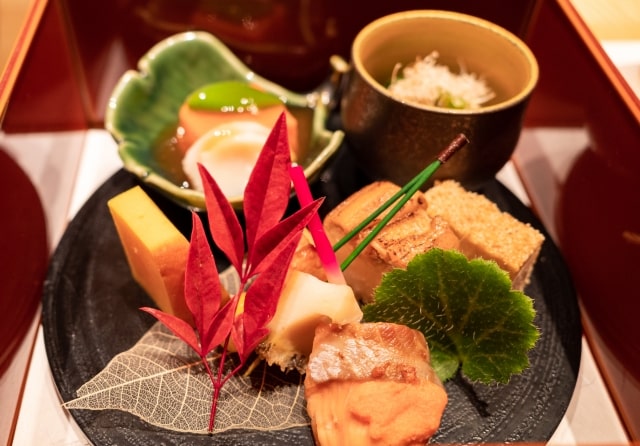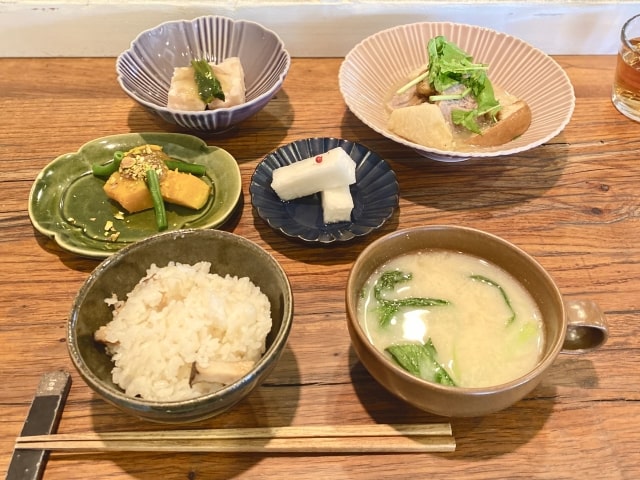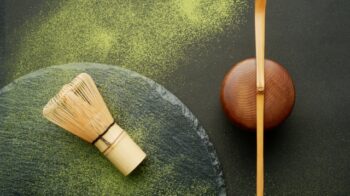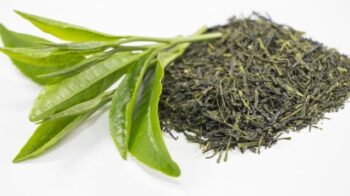Tea ceremony
Welcome to the world of Tea ceremony.
Tea ceremony is an ultimate comprehensive art.
Because it encompasses all the processes of welcoming the guests.
In addition, it includes the way to become a good guest.
Let’s acquire the basics of this profound world.
Below is the contents of this page.
1. What’s tea ceremony?
Ichigoichie (一期一会)
The word representing the spirit of the tea ceremony is the phrase of Ichigoichie (一期一会).
Roughly speaking, it means “Treasure every meeting. Because it will never recur”.
Based on this concept, all the participants take all the encounters in a tea ceremony as a special occasion which occurs only once in a lifetime.
Comprehensive art
Tea ceremony encompasses all the processes of
- cleaning and decorating the tea room,
- choosing tea implements,
- serving tea,
- drinking tea and appreciating all the hospitality shown by the host.
Therefore all the participants need to have an insight into not only tea, but also Japanese traditional arts in general, such as pottery art, flower arrangement, calligraphy, gardening.
Thus, tea ceremony becomes the living synthesis of Japanese culture.
For example, the host selects artefacts with heart and offer them to the participants to watch them closely.
This is the sincerity of the host.
Therefore, each participant should place them carefully on a special silk napkin called fukusa and make some comments about them.
As a matter of fact, the appreciation for the host’s hospitality is an essential part of the tea ceremony.
Sadou
Generally, we use the word 茶道 Sadou for tea ceremony in Japanese.
It literally means “the way of tea”.
Actually, we love to add the word “道 dou/way” at the end of some practices and extract something mental or spiritual.
For example,
Sometimes, a simple word O-cha means the tea ceremony.
Cha means tea in Japanese and O is an honorific prefix.
However, the word 茶道 Sadou will never obsolete because of our love for the word 道 dou.
Based on the notion that we can never attain inner peace without a deliberate effort to free ourselves from the cares and desires of the world, Sadou has developed as a way of life.
2. Matcha
As you know, we use Matcha for the tea ceremony and there’s a certain way to serve and drink it.
Because of these manners, simple tea drinking becomes the tea ceremony.
Let’s learn about them.
Actually, we eat sweets before drinking tea to neutralise the bitterness of Matcha.
How to serve Matcha
- Scoop Matcha from tea caddy called Natsume in Japanese.
- Place Matcha into a tea bowl and gently pour hot water.
- Stir the tea quickly, but gently with a bamboo whisk called Chasen in Japanese.
The finished tea is covered with fine frothy bubbles.
How to drink Matcha?
- Firstly, bow to the host and the other guests.
- Take the tea bowl with your right hand and place it on your left palm. Slightly lift up the bowl to express your appreciation.
- Turn the bowl clockwise with your right hand.
- Take a sip three and a half times (you are supposed to make a slurping sound in your last sip).
- After finishing the tea, wipe the part of the tea bowl your lips have touched with the fingers of your right hand.
- Turn the bowl counterclockwise until you see its face.
- Place the bowl right in front of you.
- Finally, enjoy the beauty of the bowl – its inside, outside, and even its bottom by turning it over.
Because the beauty of the bowl exists in the details including the bottom.
Why do we turn the bowl?
Because the front is the most important part of the bowl.
Sometimes it has beautiful pictures on the front.
Therefore, in order to avoid touching it with the lips, we turn the bowl.
3. Chaji
In the tea ceremony, there are two types: casual one and formal one.
The casual type consists of thin tea and sweets.
On the other hand, the formal type includes two types of tea (thick tea and thin tea) and Kaiseki cuisine.
This is what we call Chaji.
Among them, the most important is Kuchi-kiri chaji.
What’s Kaiseki cuisine?
There are two types of Kaiseki.
To make the difference clear, the one served in Chaji is sometimes called Cha kaisei.
Cha kaiseki (茶懐石)
Cha kaiseki is a traditional multi-course meal served in the tea ceremony.
It is served before drinking Koi-cha (strong tea) and Usu-cha (thin tea) to protect the empty stomach from being hurt by them.
Based on the concept of Ichijyu Sansai (一汁三菜), the current style was established by Rikyu during the Azuchi-Momoyama period (16-17th century).
Commonly, it makes the most of natural flavours of seasonal ingredients from both the mountains and the sea.
Kaiseki (会席)
On the other hand, Kaiseki (会席) is a luxurious formal style of dining designed to enjoy Sake.
This dining style was developed in the Edo period (the 17-19th century), mixing the culture of both samurais and nobles.
What’s ichiju-sansai?
Ichiju-sansai (一汁三菜) is the fundation of Japanese cuisine (和食) and made up of
- a soup (一汁)
- three side dishes to make the rice more palatable (三菜)
- cooked rice as a staple
- tsukemono (Japanese pickles).
As is often the case in Japanese cuisine, there is an authentic table setting for it.
- main dish on the right side in the back
- simmered dish (side dish) on the left in the back
- small bowl (side dish) and pickles in the centre
- rice near the front left hand
- soup near the front right hand.
- chopsticks in the front with the tips facing the left
Although one soup and three dishes are considered the standard style, there is also a “one soup and one side dish (一汁一菜)” variation and a “one soup and two side dishes (一汁二菜)” variation.
4. Kanji and Kana
1) Kanji
To learn Kanji (Chinese characters) is always interesting and beneficial to understand what the word means.
Through Kanji, we can virtually grasp not only the meaning of the word, but also the background it was born in.
Kanji for Sadou is 茶道.
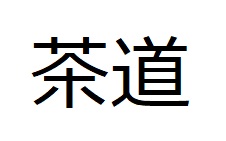
Firstly, 茶 (sa).
As you know, 茶 means tea. Usually, we pronounce it as cha. But it is also pronounced as sa.
According to the most supported theory, 茶 illustrates grasses and a sharp knife to cut them. Probably, this character indicates that they made tea by cutting newborn tea leaves.
Next, 道.
道 means road, street or way. As mentioned above, we love to add the word “道 dou/way” at the end of some practices and extract something mental or spiritual.
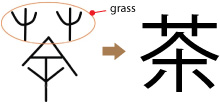
2) Kana
By the way, there are two phonograms (kana) in Japanese: 1) Hiragana and 2) Katakana.
According to the most supported theory, both of them were formed by adopting one element of a Kanji character with similar sounding.
Originally, Hiragana were only for women. But today, it has by far the wider usage.
Talking of 2) Katakana, we use it mainly for foreign origin words.
Incidentally, there are 46 characters in both Hiragana and Katakana systems.
As for Sadou, Hiragana is さどう and Katakana is サドウ.
